Prairie Gaillardia, a summer superstar!
People ask me all the time which plants are my favorites. They have reasons for asking and those reasons usually place some kind of restriction on my answers—plants for Monarchs, plants for Bumblebees, plants for birds, plants for shade, plants that survive drought, red flowering plants, hummingbird plants, butterfly host plants, plants that will take foot traffic, vines only, plants with great fall color, and almost every other kind of limiting rule you can imagine. Plant lists have as many different groupings of plants as they have reasons for being.

This plant doesn’t make every flavor of “favorite” plant list, but it does make it onto an awful lot of them! It’s Prairie Gaillardia or Lanceleaf Blanketflower, Gaillardia aestivalis.
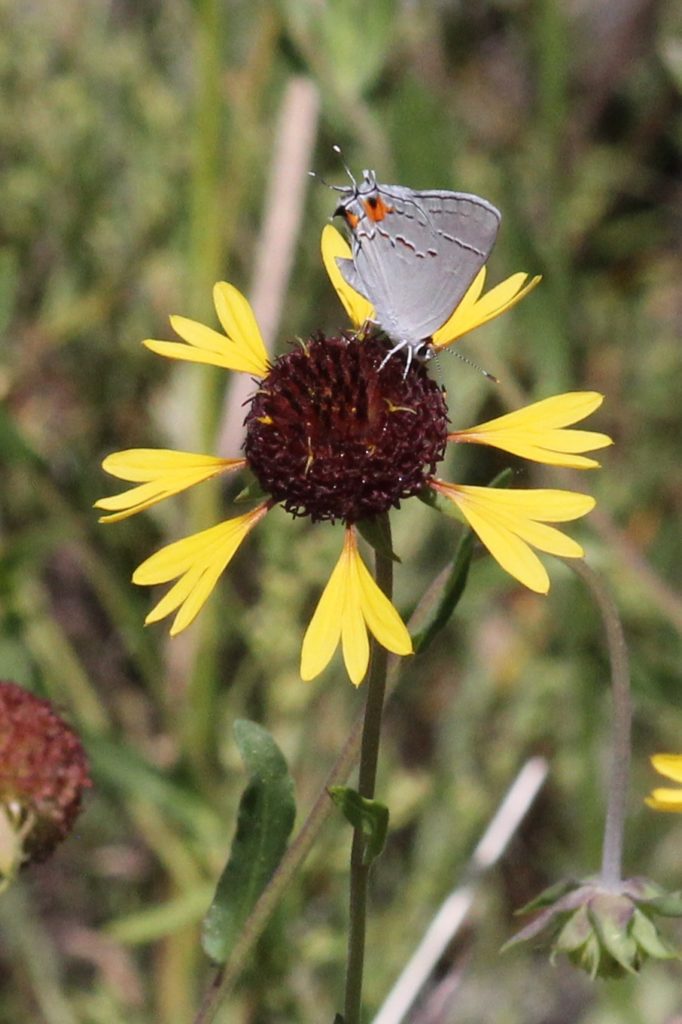
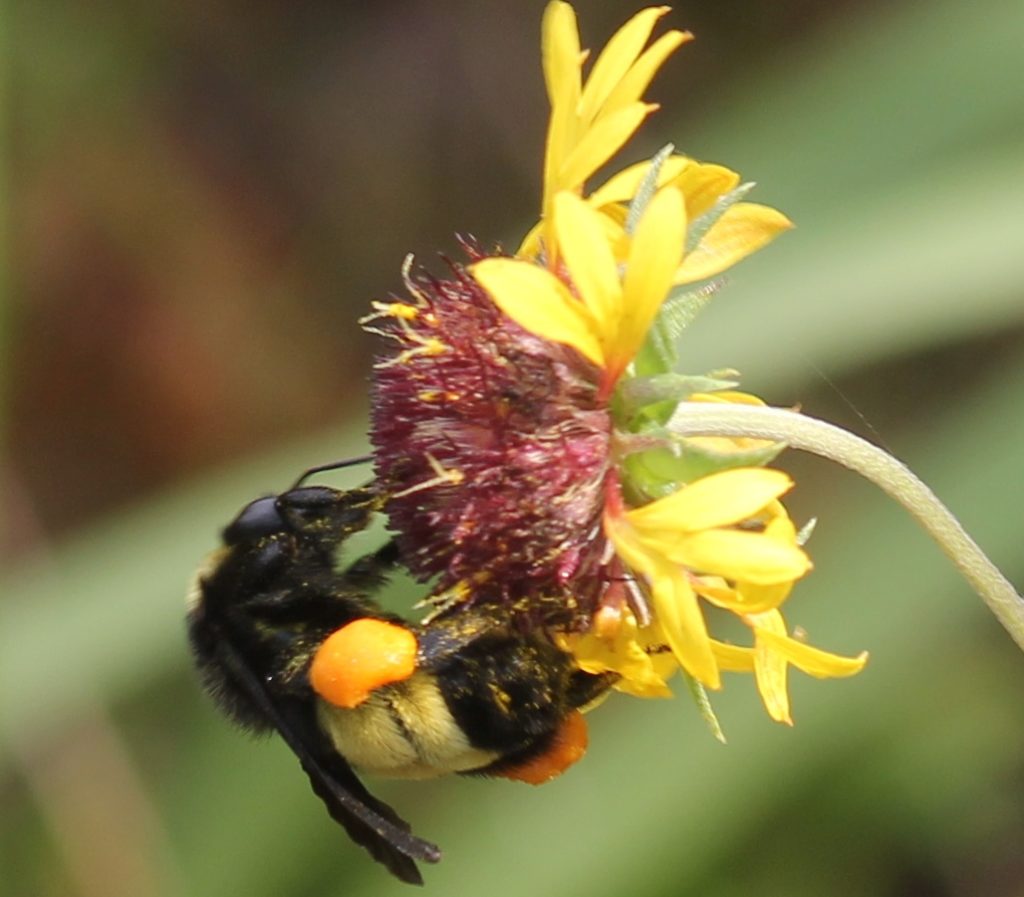

Sometimes a plant fan doesn’t want to have to list reasons for liking a plant—it’s like giving up all your private thoughts– but this time, I don’t mind. This plant simply has a lot of great features!
It’s drought resistant, blooms at a time of year when other flowers find it tough to flower, keeps blooming for a long, long season (from May to October some years) , comes back year after year, and doesn’t spread crazily. It’s a manageable size (under 3 feet) with a pop of bright color, and best of all—it serves an incredible range of pollinators as a host plant, nectar plant, and pollen plant. Beetles, moths, native bees of all sizes, honeybees, butterflies and Flower Flies all find it compellingly attractive. It never seems to get chewed to shreds, either.
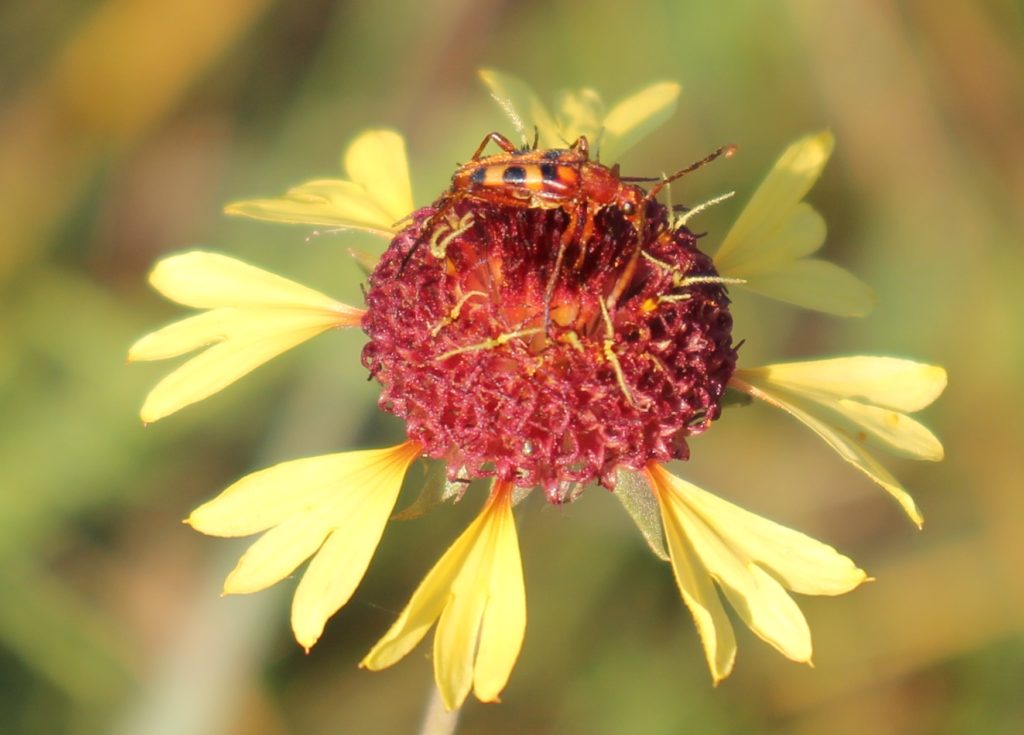
Occasionally, there’s even an odd color variant that pops up, attractive in its own right. Our farm has a few white ones with touches of pink, and sometimes there is even one with a yellow center.


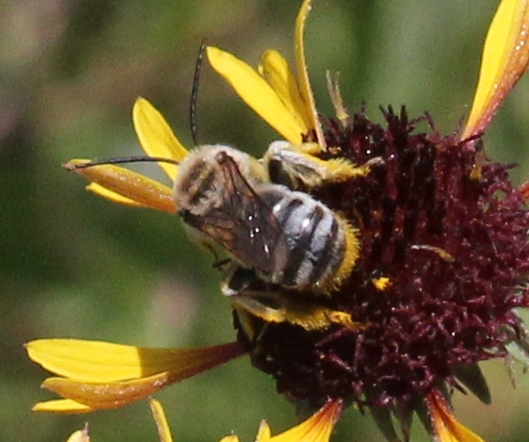
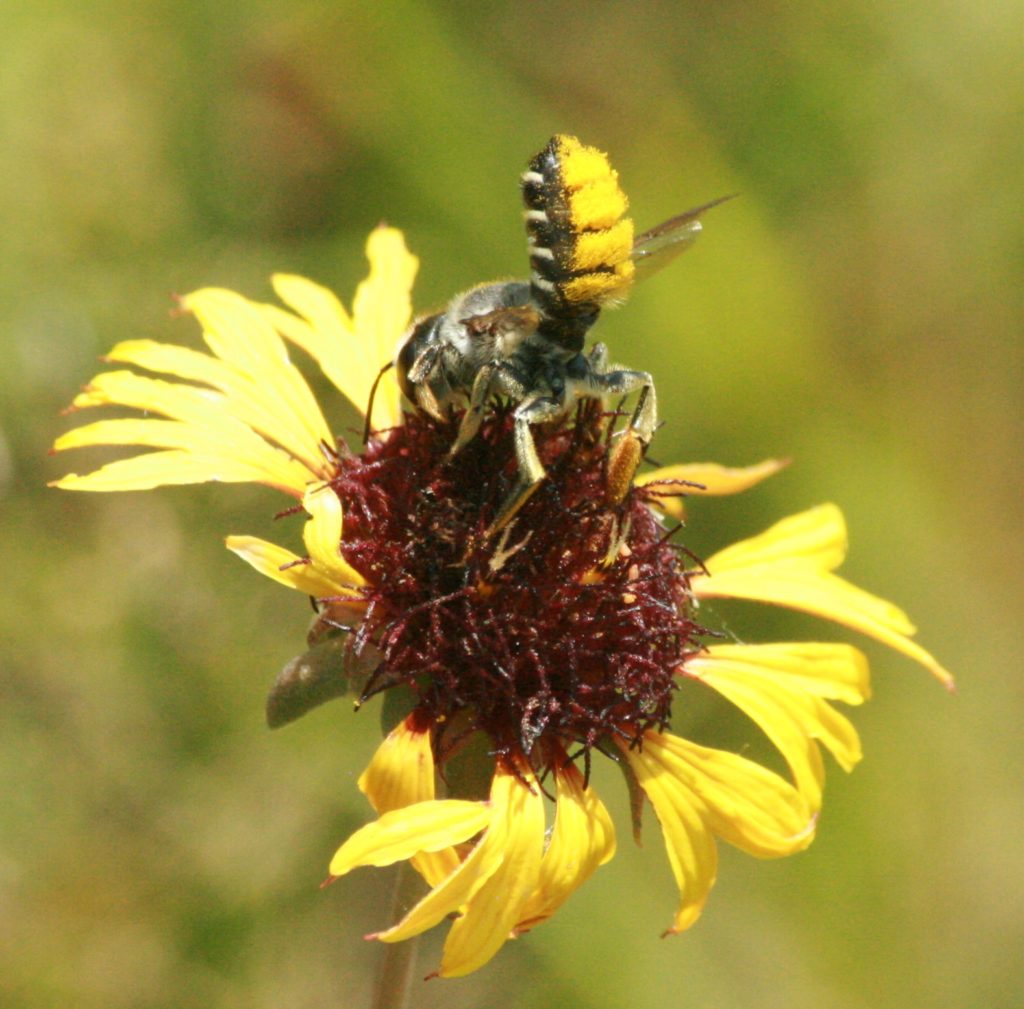
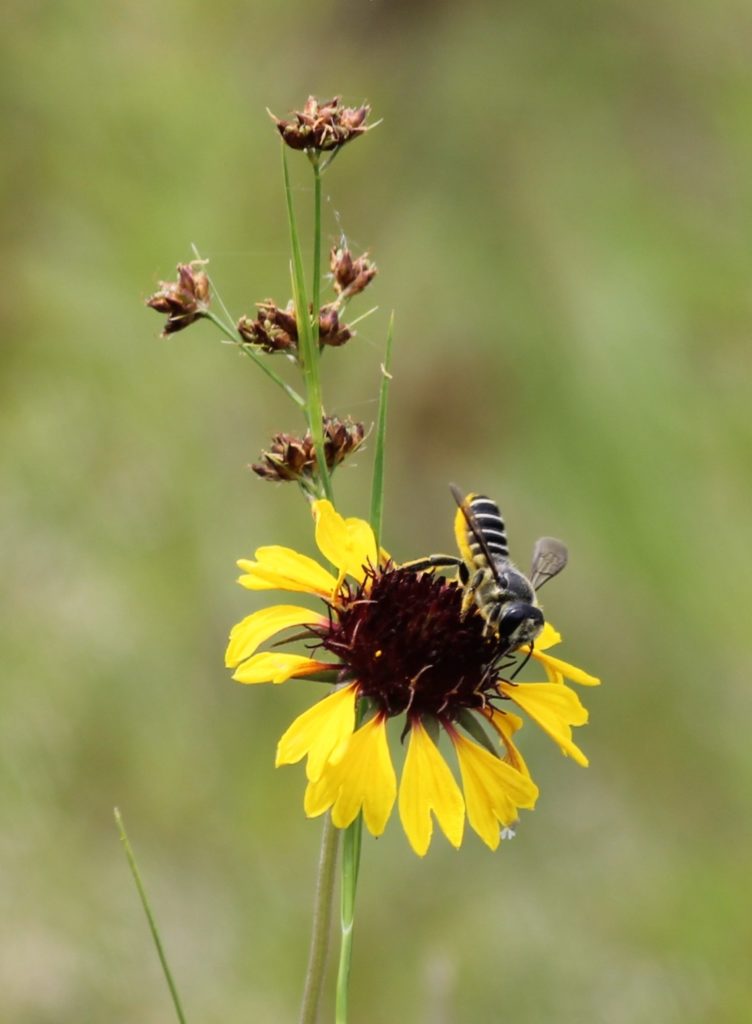
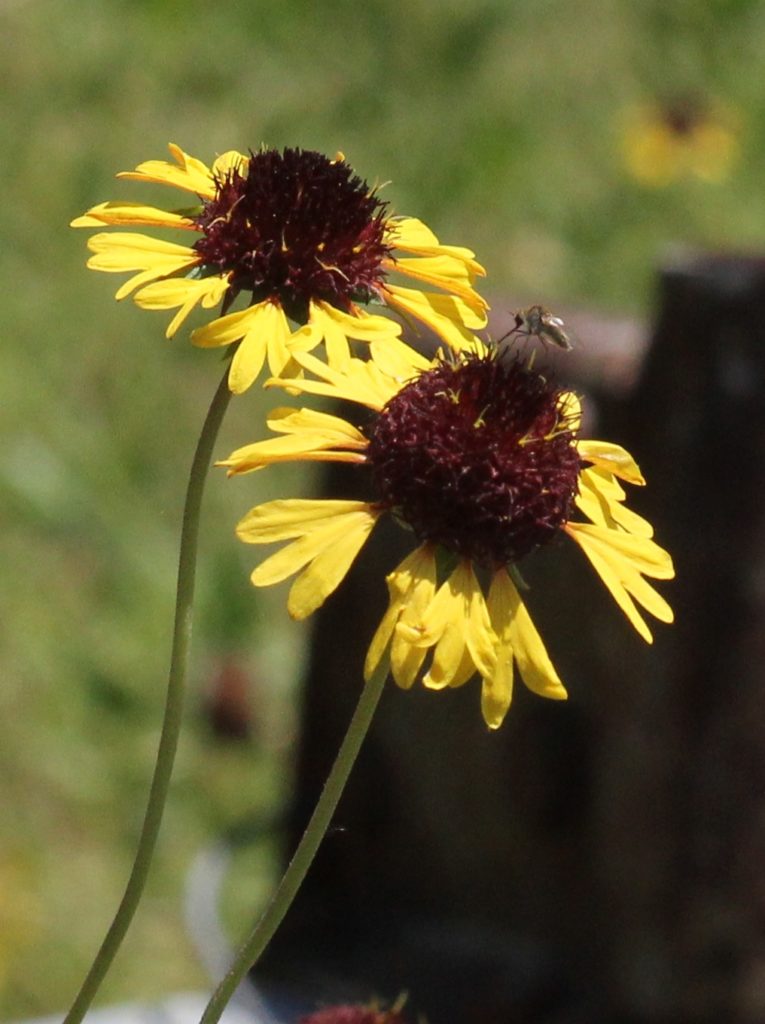
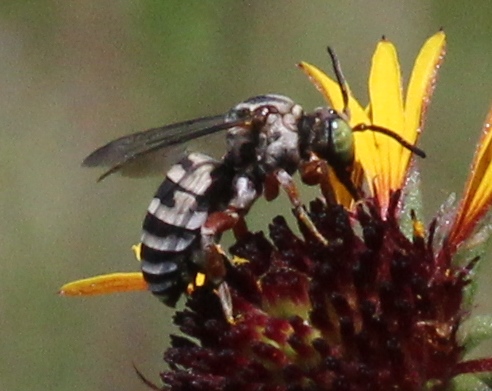
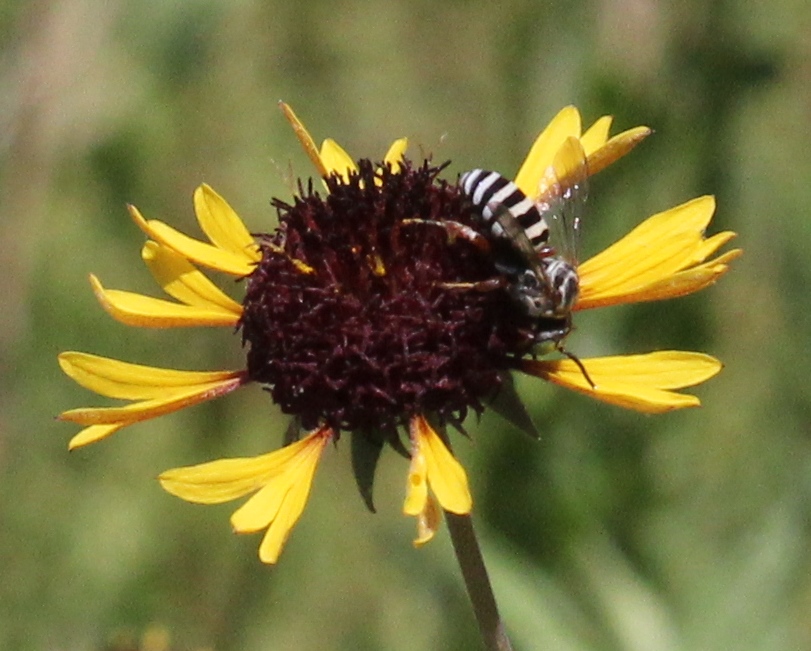
I’ve been stalling on writing this piece because I simply have too many fun photos of all the creatures that use it. When I realized that I actually just dreaded the photo choosing and not the writing, I decided I just needed to narrow the scope (not unlike those specialty lists). With the exception of a few of my old favorites, the photos here were all taken on two days at the farm recently. I won’t dive into the archives and stall this plant’s feature piece any longer just so I can find every beetle and butterfly and strange bug! Sufice it to say, there are lots and lots of creatures who appreciate these blossoms in the heat of summer. Enjoy the photos. If the insects weren’t too hard to identify, their names are in the captions.



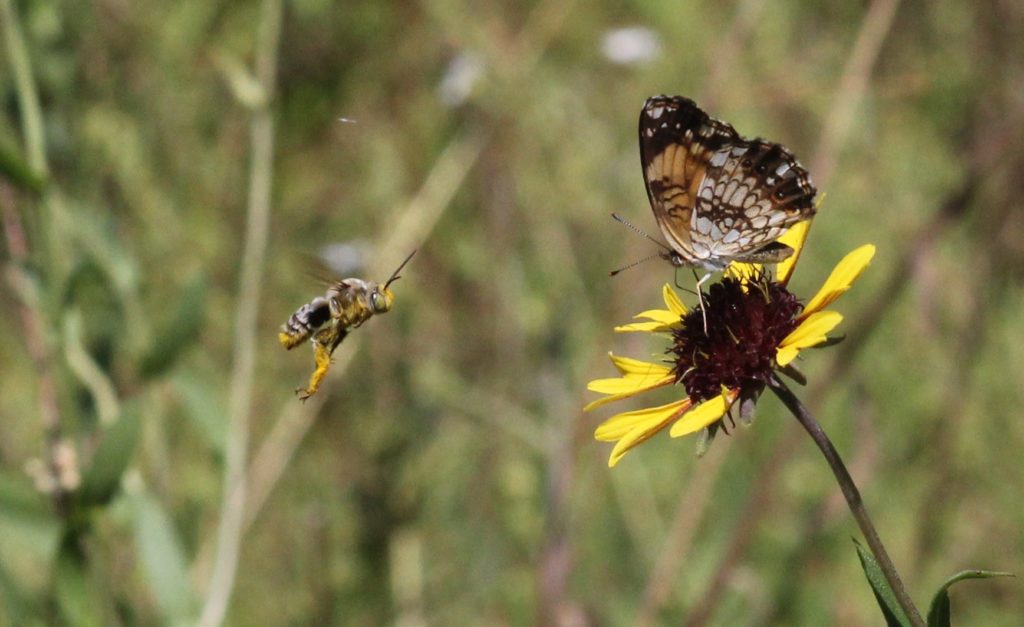
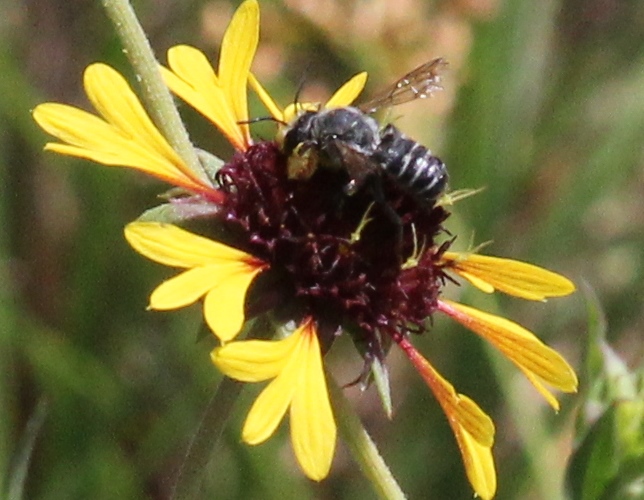
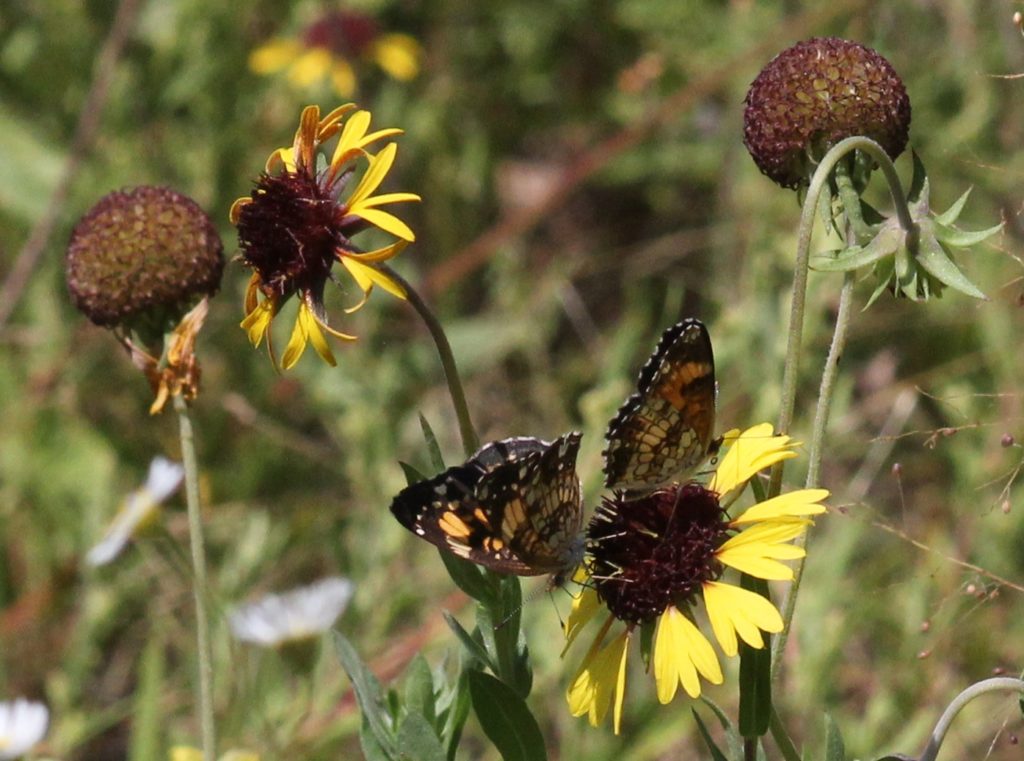
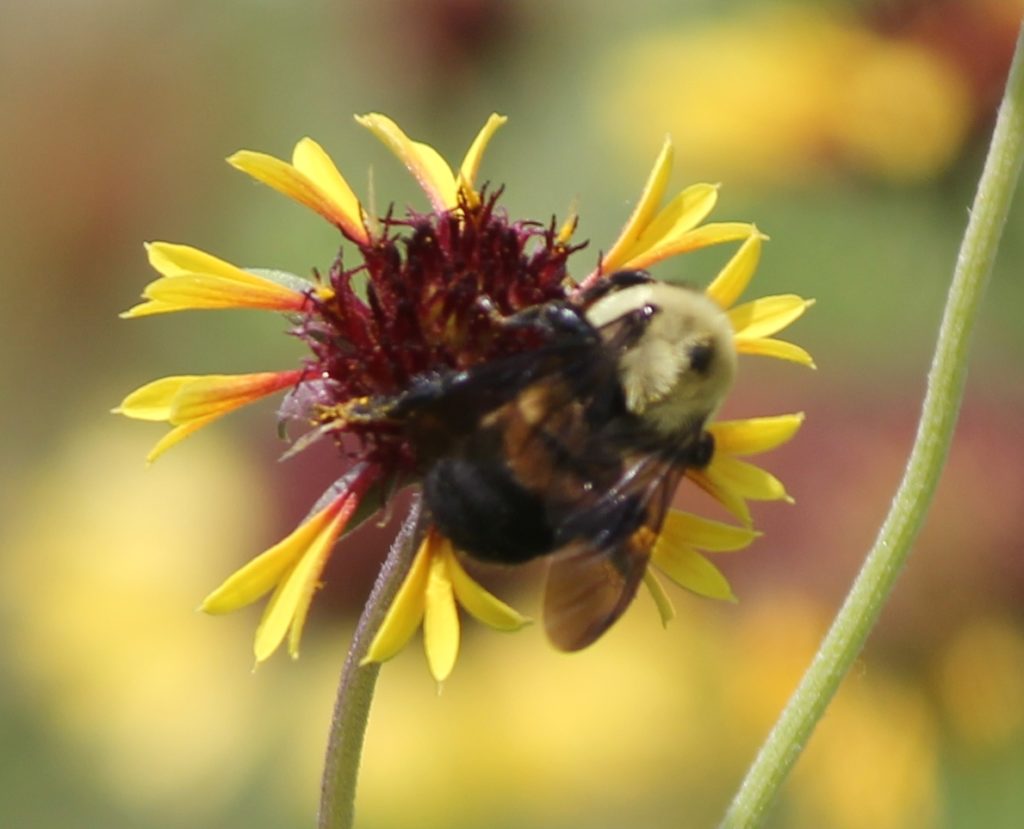
Things to know: Gaillardia aestivalis is in the Sunflower family, is perennial, and grows from 1-3 feet high, blooming from May through October if there is not a serious summer drought.